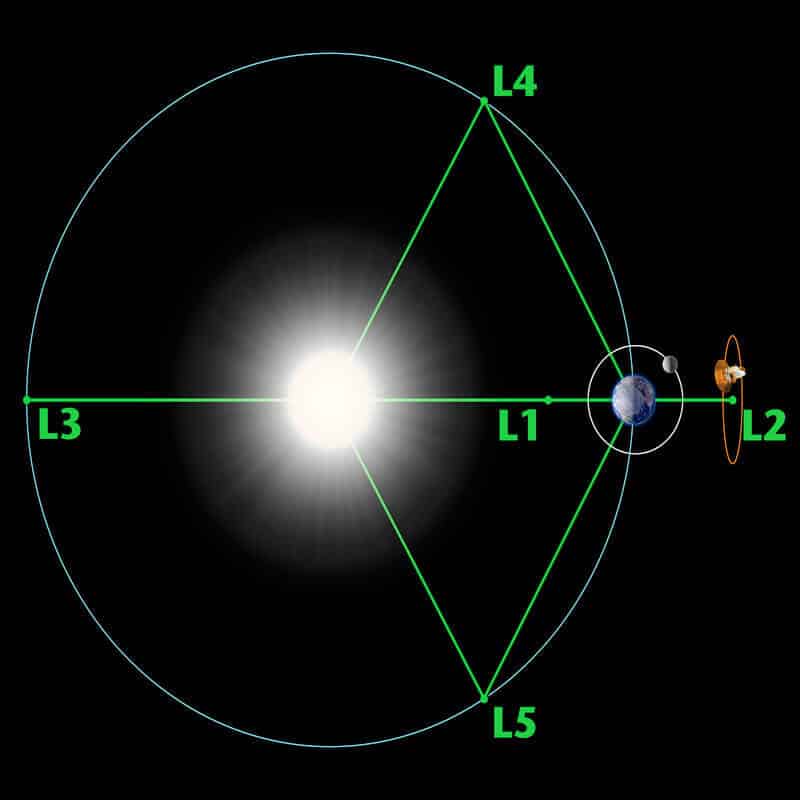The Indian Space Research Organisation (ISRO) is all set to launch its first space-based solar mission Aditya L1 on September 2.
Aditya L1 Mission ISRO Updates
Science Objectives
The major science objectives of Aditya-L1 mission are:
- Study of Solar upper atmospheric (chromosphere and corona) dynamics.
- Study of chromospheric and coronal heating, physics of the partially ionized plasma, initiation of the coronal mass ejections, and flares
- Observe the in-situ particle and plasma environment providing data for the study of particle dynamics from the Sun.
- Physics of solar corona and its heating mechanism.
- Diagnostics of the coronal and coronal loops plasma: Temperature, velocity and density.
- Development, dynamics, and origin of CMEs.
- Identify the sequence of processes that occur at multiple layers (chromosphere, base, and extended corona) which eventually leads to solar eruptive events.
- Magnetic field topology and magnetic field measurements in the solar corona.
- Drivers for space weather (origin, composition, and dynamics of solar wind.
Aditya L1 shall be the first space-based Indian mission to study the Sun. The spacecraft shall be placed in a halo orbit around the Lagrange point 1 (L1) of the Sun-Earth system, which is about 1.5 million km from the Earth.
A satellite placed in the halo orbit around the L1 point has the major advantage of continuously viewing the Sun without any occultation/eclipses. This will provide a greater advantage in observing solar activities and their effect on space weather in real-time.
The spacecraft carries seven payloads to observe the photosphere, chromosphere, and the outermost layers of the Sun (the corona) using electromagnetic particle and magnetic field detectors.
Using the special vantage point L1, four payloads directly view the Sun and the remaining three payloads carry out in-situ studies of particles and fields at the Lagrange point L1, thus providing important scientific studies of the propagation effect of solar dynamics in the interplanetary medium
The suits of Aditya L1 payloads are expected to provide the most crucial information to understand the problem of coronal heating, coronal mass ejection, pre-flare, and flare activities and their characteristics, dynamics of space weather, propagation of particles and fields, etc.
Lagrange Point

Lagrange points are positions in space where objects sent there tend to stay put.
- At Lagrange points, the gravitational pull of two large masses precisely equals the centripetal force required for a small object to move with them.
- These points in space can be used by spacecraft to reduce fuel consumption needed to remain in position.
Lagrange Points are positioned in space where the gravitational forces of a two-body system like the Sun and the Earth produce enhanced regions of attraction and repulsion.
These can be used by spacecraft to reduce fuel consumption needed to remain in position.
Lagrange points are named in honor of Italian-French mathematician Josephy-Louis Lagrange.
There are five special points where a small mass can orbit in a constant pattern with two larger masses.
- Of the five Lagrange points, three are unstable and two are stable.
- The unstable Lagrange points – labeled L1, L2, and L3 – lie along the line connecting the two large masses.
- The stable Lagrange points – labeled L4 and L5 – form the apex of two equilateral triangles that have large masses at their vertices.
- L4 leads the orbit of the earth and L5 follows.
Why is the mission important for India?
- The payload data will help us understand the effect of the Sun on the Earth and its surroundings, especially in studying the patterns and impacts of solar flares.
- The scientific studies by the satellite will enhance our current understanding of the Solar Corona and also provide vital data for space weather studies.
- VELC will help to observe the corona continuously and the data provided by it is expected to answer many outstanding problems in the field of solar astronomy.
- No other solar coronagraph in space has the ability to image the solar corona as close to the solar disk as VELC which can image it as close as 1.05 times the solar radius.
- It can also do imaging, spectroscopy, and polarimetry at the same time, and can take observations at a very high resolution (level of detail) and many times a second.
Other Missions to the Sun
- NASA’s Parker Solar Probe: Its aim is to trace how energy and heat move through the Sun’s corona and to study the source of the solar wind’s acceleration.
- Helios 2 solar probe: It was a joint venture between NASA and the space agency of erstwhile West Germany, and went within 43 million km of the Sun’s surface in 1976.
Payloads along with their major capability of scientific investigation
| Type | Sl. No. | Payload | Capability |
|---|---|---|---|
| Remote Sensing Payloads | 1 | Visible Emission Line Coronagraph(VELC) | Corona/Imaging & Spectroscopy |
| 2 | Solar Ultraviolet Imaging Telescope (SUIT) | Photosphere and Chromosphere Imaging- Narrow & Broadband | |
| 3 | Solar Low Energy X-ray Spectrometer (SoLEXS) | Soft X-ray spectrometer: Sun-as-a-star observation | |
| 4 | High Energy L1 Orbiting X-ray Spectrometer(HEL1OS) | Hard X-ray spectrometer: Sun-as-a-star observation | |
| In-situ Payloads | |||
| 5 | Aditya Solar wind Particle Experiment(ASPEX) | Solar wind/Particle Analyzer Protons & Heavier Ions with directions | |
| 6 | Plasma Analyser Package For Aditya (PAPA) | Solar wind/Particle Analyzer Electrons & Heavier Ions with directions | |
| 7 | Advanced Tri-axial High Resolution Digital Magnetometers | In-situ magnetic field (Bx, By and Bz). |


